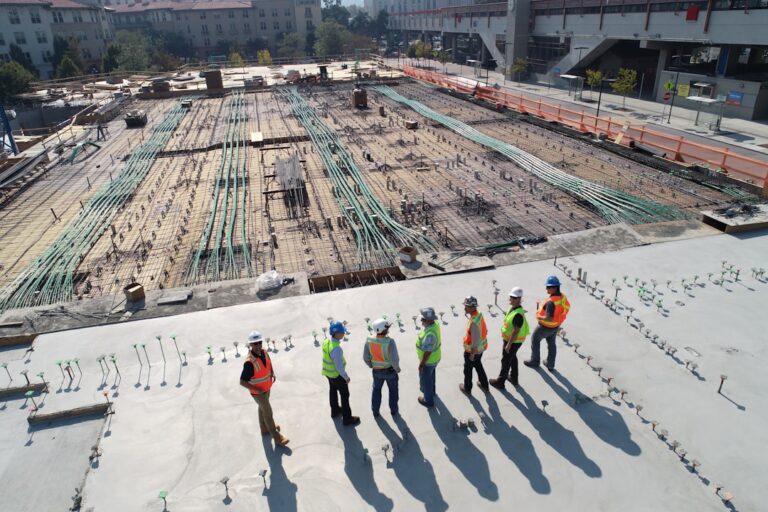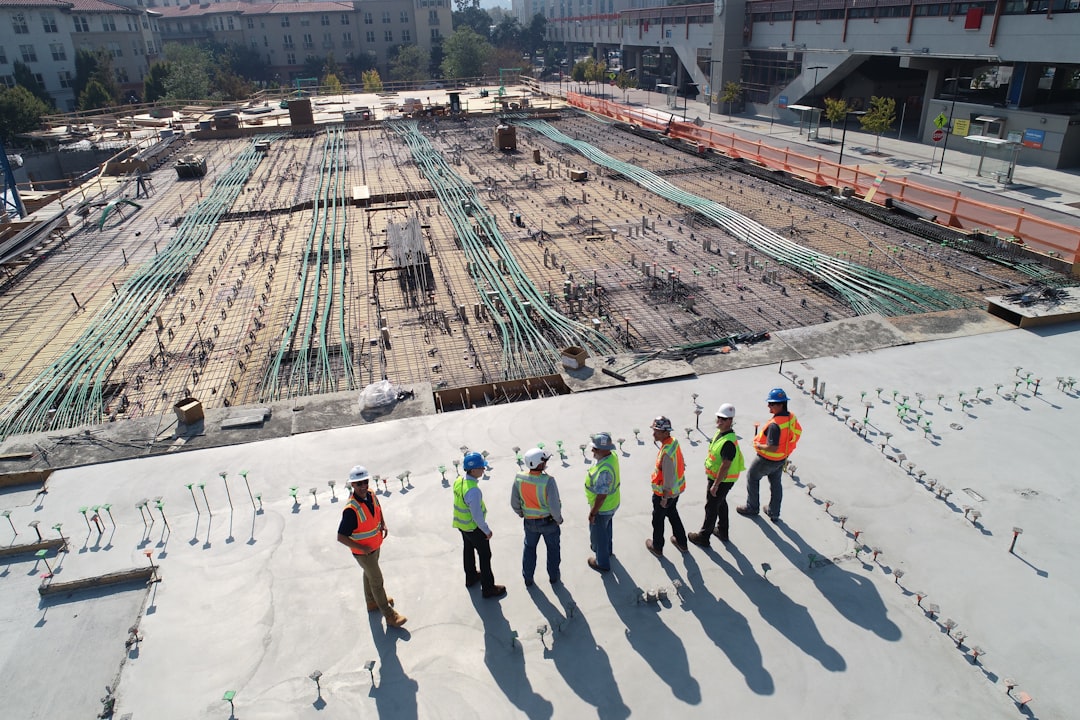Agile infrastructure teams are often created as part of a long-term project, where the same team owns both planned and unplanned operational work. This encourages teams to look for operational problems early on and identify automated solutions to address these issues. However, separating the two types of work in a short-term project may be more appropriate, especially for newly established infrastructure teams.
Cross-functional teams
Cross-functional teams reduce risks and costs. They can accomplish company-wide goals by leveraging expertise and learnings from departments across the organization. They can coach each other and share incremental knowledge, which decreases uncertainty. These teams work in parallel to reach shared goals. As a result, cross-functional teams can be more efficient and successful than separate teams.
Leaders should understand how the organization’s needs and priorities evolve to build cross-functional teams. This way, the scope of work can be clearly defined. They should also determine how to communicate with application development teams. This model should evolve. For example, the infrastructure organization may need to work closely with the application development teams to manage common processes.
Iterative releases
Traditional infrastructure teams are conservative and rigid in their processes, which can make it difficult to make changes. Agile teams, by contrast, can incorporate amendments as they go and make course corrections at any stage of the process. This flexibility allows them to deliver releases in line with customer expectations and market needs.
A common problem with this process is that bug fixes must be committed to both the development and release branches. This can be a major annoyance to users, so it is important to keep the two separate. Using a release branch system will reduce the need for bug fixes and promote continuous delivery.
Governance
The challenges of running an Agile infrastructure team are many. Fortunately, there is a way to ensure a smooth transition. The first step is to identify a suitable governance model. This should be a balance between “commanding” and “empowering,” – with the latter leaning more towards empowerment.
A good governance model will reduce surprises, align IT with business goals, and improve responsiveness. The key is to design governance so it does not impose an undue burden on day-to-day operations. And it should include consistent data collection processes.
In conclusion, agile infrastructure teams are essential to maintain an effective infrastructure. They must be able to rapidly respond to changes, identify and resolve issues, and provide timely updates to stakeholders. By implementing agile methods throughout the organization, infrastructure teams can improve their efficiency and support the success of their organizations.













